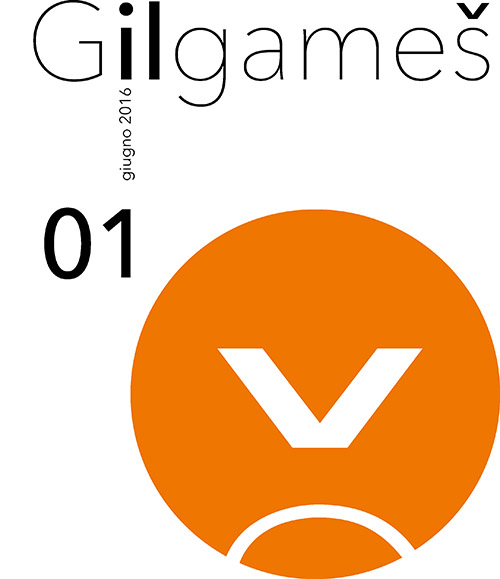Mussolini e i compositori del Ventennio: estetizzazione della violenza, processi mitopoietici e riti del consenso nel contesto musicale italiano (1922-1939)
DOI:
https://doi.org/10.13130/2531-9515/7782Abstract
The cultural politics perpetrated by Mussolini especially in musical field might appear as a janus bifrons: on one hand, a “revolutionary” character was shown not only in familiar-like relationships with some of the most prominent composers of the Italian musical panorama, ideally devoted to celebrate the imperial glories (Mascagni, Pizzetti, Malipiero, Casella) – but also in the exaltation of the instrumental music rather than the operatic one and in the controversial exchange with the futuristic avantgarde (Russolo, Petrella). On the other hand, a “conservative” character may be detected in submitting the artistic creativity to the censorship and setting the musician again at the service of a chief. Though divergent, such attitudes come to a synthesis, imposed by the centripetal force that attracted towards the leader, a sort of gravitational camp where most of the Italian musicians fell, as a true reflection of the society at that time. As H. Sachs wrote, “study of Italian music under fascism reveals a picture of workaday infighting and intrigue in abundance, much grotesque opportunism, occasional examples of naïve good faith in the government, and very little real political opposition” (Sachs, 1987, p.10). By tracing the correspondence between Mussolini and the composers of the regime according to the fundamental study by Fiamma Nicolodi, this paper aims at illustrating how the regime was able to benefit from music as the main means of popular consensus.
Downloads
Veröffentlicht
Ausgabe
Rubrik
Lizenz
Gli autori mantengono il diritto sui propri lavori, cedendo in via non esclusiva a Gilgameš il diritto di pubblicazione.
Gilgameš è distribuito con Licenza Creative Commons Attribuzione - Non commerciale 4.0 Internazionale.



